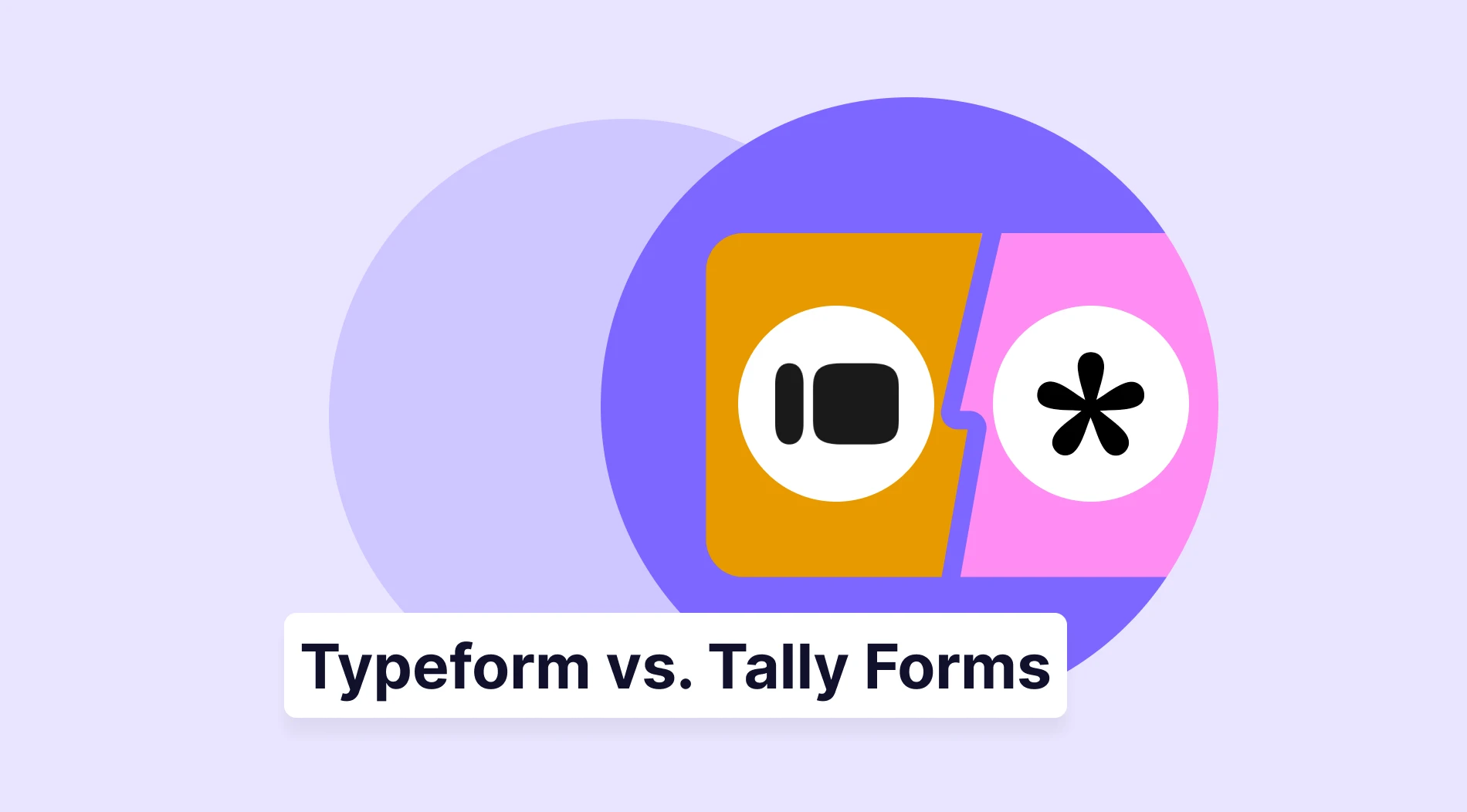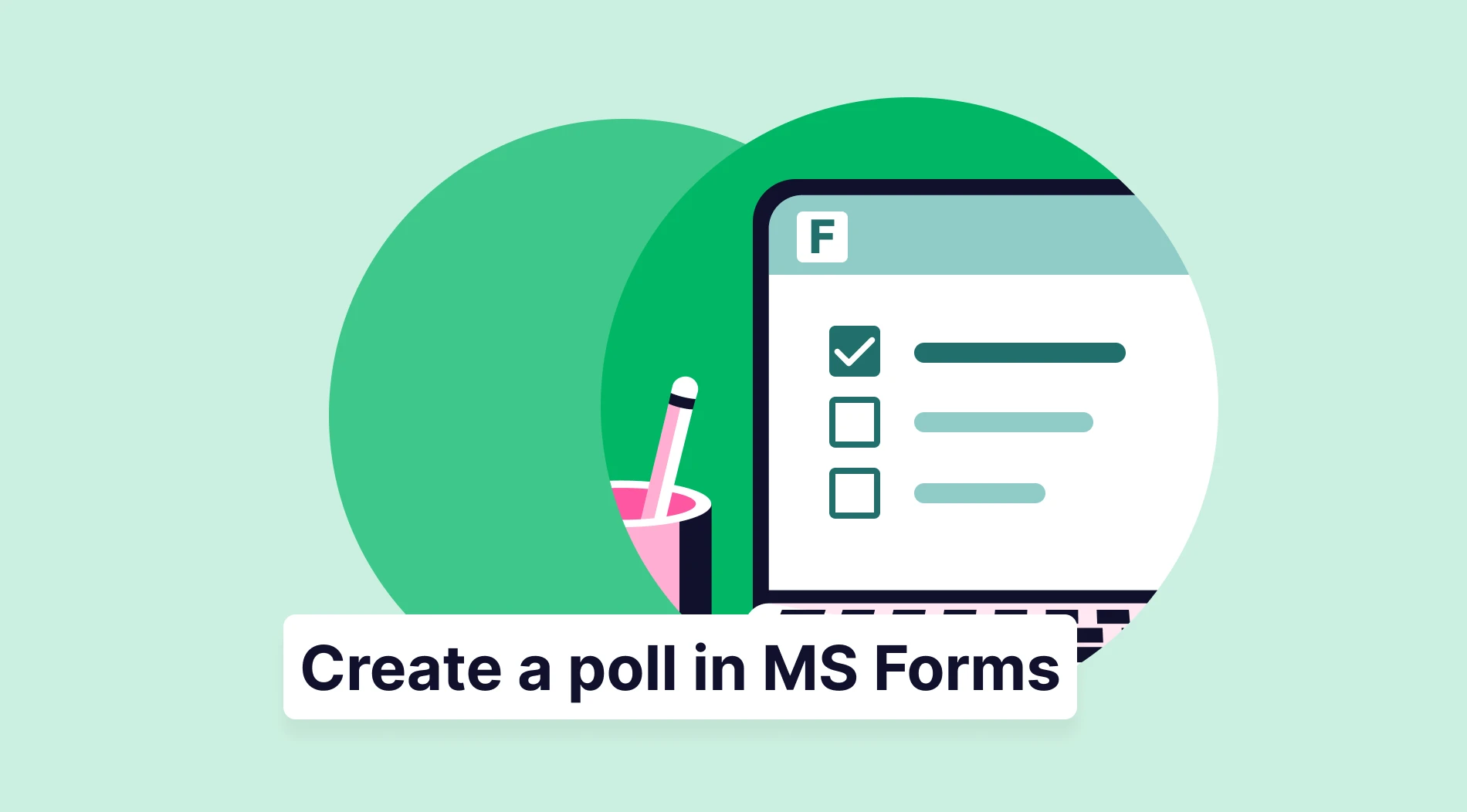Sampling bias is a problem that researchers often encounter. It occurs in studies by experienced researchers and those new to research. It is crucial to understand what it is and how it happens.
A problem with your sample selection procedure could lead to sampling bias. This article will explain the definition of a biased sample, the types of sampling bias, examples, and essential tips on how to avoid sampling biases.
Introduction to sampling bias: What is it?
Sampling bias, a form of survey bias, develops when a study does not use a representative sample of the target population. You collect information from a group where some target population members have a higher or lower sampling probability than others.
This unbalanced sample may impact the validity of the research data and findings, which may also restrict how much can be said about generalizing the results to a larger population. Sampling bias occurs when specific population members are consistently more likely to be chosen for a sample than other members of the people.
Types and causes of sampling bias
Sampling bias restricts the finding’s generalizability because it jeopardizes external validity, particularly population. Researchers need to be on the lookout for various sampling bias causes. The most typical sampling bias examples are listed below:
Survivorship bias
The researcher focuses only on the sample that meets the selection criteria and ignores those who do not, which is another common type of sample bias known as survival bias. Subjects and successful objects are more likely to be included in the sample. The results are skewed by a logical mistake caused by a lack of visibility.
Organizations that fail or no longer exist may not be considered when analyzing business performance in a particular industry. Because of the survival bias, the results may appear positive, but they don't accurately reflect the entire industry.
Undercoverage bias
One of the main reasons for sampling bias is undercoverage, which results from researchers' failure to represent the sample accurately. Refraining from representing the population or using convenience sampling only to gather data from readily available respondents are the leading causes of this undercoverage. Running national surveys online carries the risk of undercoverage because they frequently leave out the elderly and people with poor or no internet access.
The use of convenience sampling could lead to yet another undercoverage bias. You can get accurate survey results if the population is fairly represented. However, you must try to ensure you don’t overlook various demographics.
Groups with limited internet access, like the elderly and lower-income households, may be missed when conducting general national surveys online.
Non-response bias
When a group of respondents declines to participate in a study or leaves during the research period, it is referred to as non-response bias. Participation bias occurs due to the study's length or question format. This might result from the survey's length, the way the questions are organized, or the use of sensitive subjects.
One of the main factors contributing to non-response bias is asking a sample of people for sensitive information. There may be bias in the responses because many respondents may not feel comfortable answering questions about their families, finances, sexual preferences, and other personal information.
Voluntary/Self-selection response bias
Voluntary response bias (or self-selection bias) occurs when respondents with particular traits are more receptive to research participation. Participants voluntarily agree to take part in the research. Volunteers are more likely to have an opinion on the study. Too many people in the sample have solid ideas and need more to discuss the subject.
Self-selection bias would be a survey asking people to rate products in which they can opt to participate. Intensely emotional individuals are more likely to participate in the study, whether those emotions are positive or negative.
Observer bias
Observer bias occurs when a researcher consciously or unconsciously biases how the data are interpreted. It might take the form of concentrating only on a particular dataset or swaying participants while data is being collected.
Researchers occasionally watch interviews with participants. Participants may notice and alter their responses to please the researcher if the researcher unintentionally displays enthusiasm for a particular type of response. Another instance is when a researcher unintentionally interprets data incorrectly to make the study’s findings support their theory or expectation.
Recall bias
When respondents can’t recall information accurately, recall bias occurs. Since people's memories are fallible and biased, recall bias is a widespread problem in surveys. Interviewing participants while their memories are still vivid from the event is the best way to prevent recall bias.
If participants in a cancer research study do not accurately recall a past event or experience or leave out details when reporting on them, this bias can happen. Recall bias is more likely to happen when the event happened long ago, or the study participants had poor memory.
Real-life examples of sampling bias
Sampling bias can occur in any study in any subject area. Sampling bias leads to the belief that the entire population is similar, based on any sample selected from a population in which all individuals or samples are not equally likely to be chosen.
For instance, if homeschoolers or dropouts were not included in a survey of high school students measuring youth drug use, the sample would be biased. Such samples are regarded as biased if some population members are underrepresented or overrepresented compared to others due to the sample’s complete exclusion of certain population members.
How to avoid sampling bias in research
You must carefully examine your survey methodology and design to prevent sampling bias. Set your survey's objectives and target demographics with clarity. Ensure that every member of the target population has an equal chance to participate in your sample group. While it is unrealistic to expect sampling bias to be wholly eliminated, limiting it to some extent is possible. Here are some suggestions for avoiding bias in sampling:
- Set clear survey goals: You can more easily choose the most efficient sample methodology and process for your study by clearly understanding what you're trying to achieve. You'll know who to ask for participation, your ideal sample size, the most effective way to classify sample subsets, and how to interact with participants for the best outcomes.
- Use random or stratified sampling: Using random sampling and choosing study participants randomly is a valuable strategy for preventing sampling bias. Each person has an equal chance of being selected for the sample group in this manner. Make sure that it is random by using stratified random sampling.
- Ask the right questions: It is simple to ask a question restricting the respondent's response options. Never ask participants to choose from a list of options. You risk omitting some options, which would skew the results. Use open-ended questions instead to encourage people to submit their truthful responses. This gives you a fuller perspective and produces more valuable data. Ensure that you ask unbiased questions to participants.

Key points to take away
In conclusion, sample selection is crucial for your research. Sampling bias is present when certain population members are systematically more likely to be chosen for a sample than other members. As a result, the data does not accurately represent the entire population.
A sizeable poll of potential participants to select from your study is an excellent way to prevent sampling bias. Researchers can sample by accurate population when there is a larger population. You can start avoiding sampling bias by considering this article.
forms.app, your free form builder
- Unlimited views
- Unlimited questions
- Unlimited notifications



